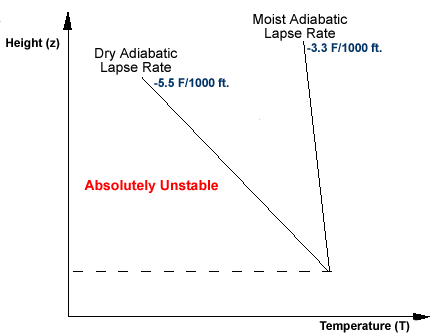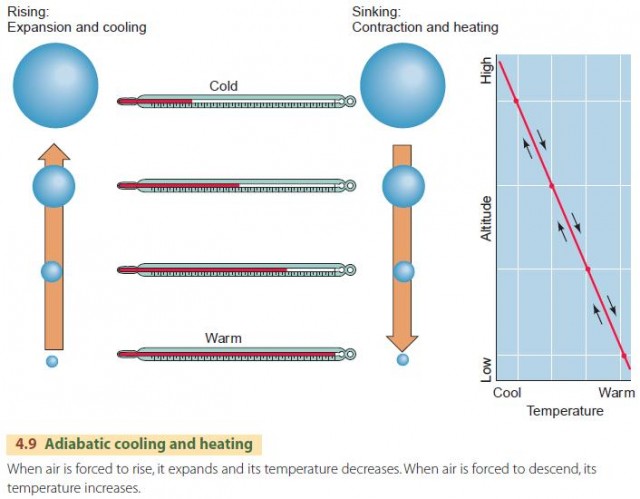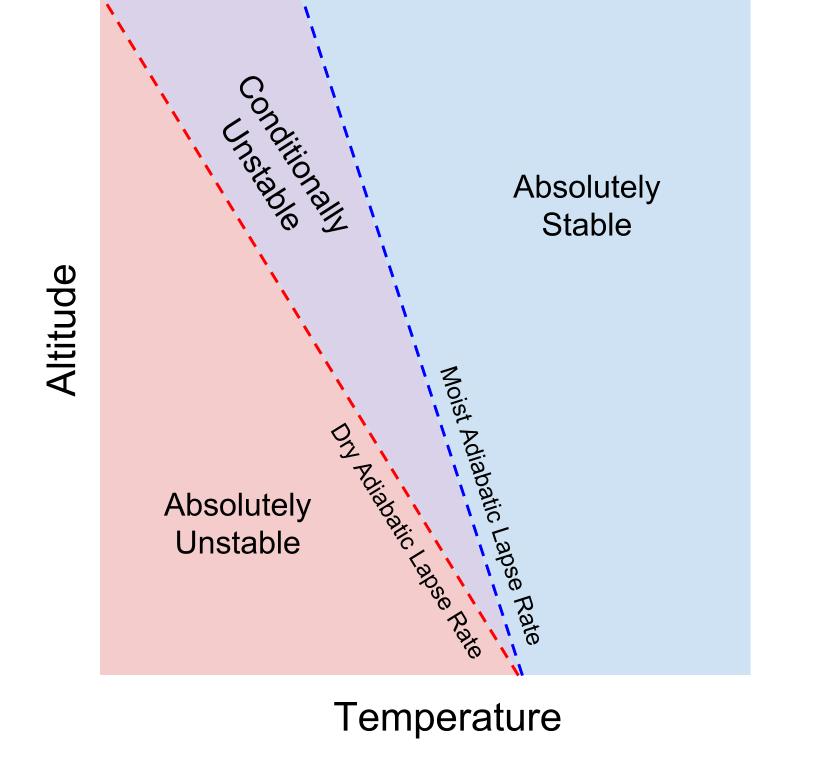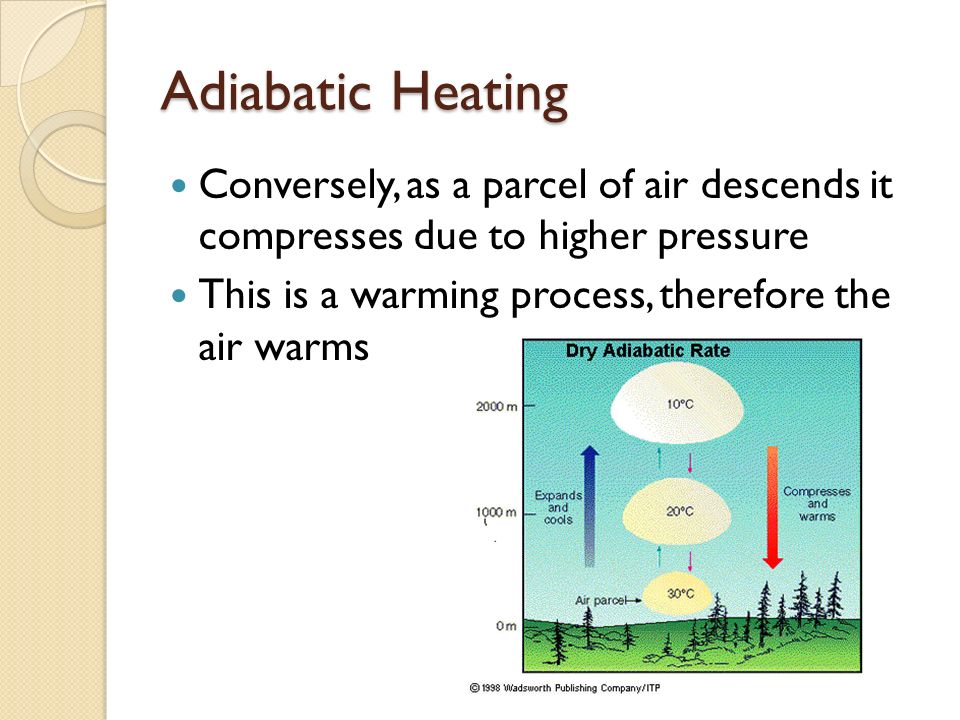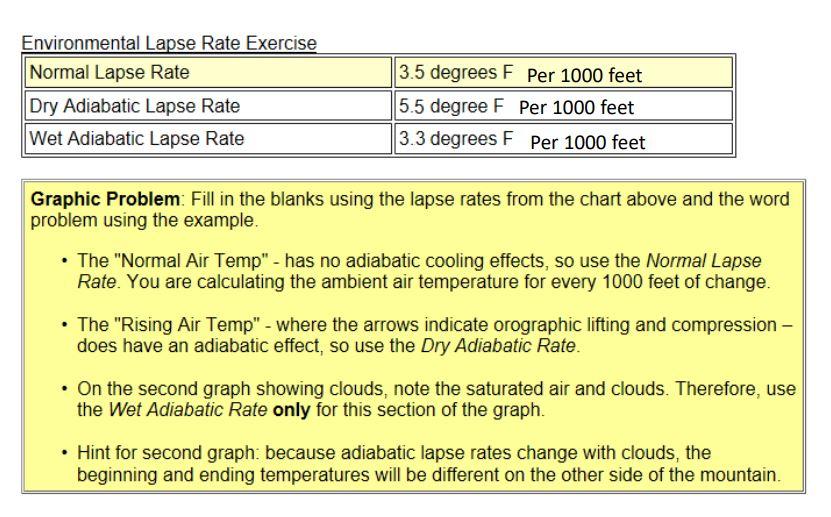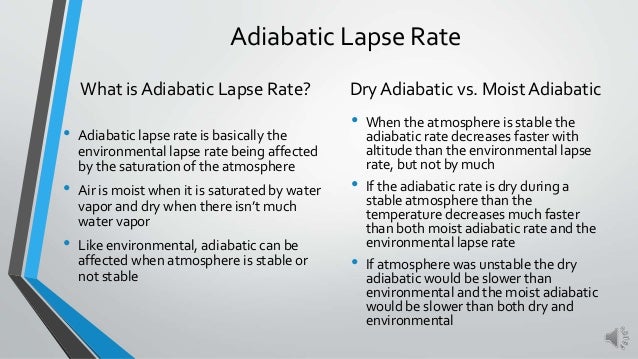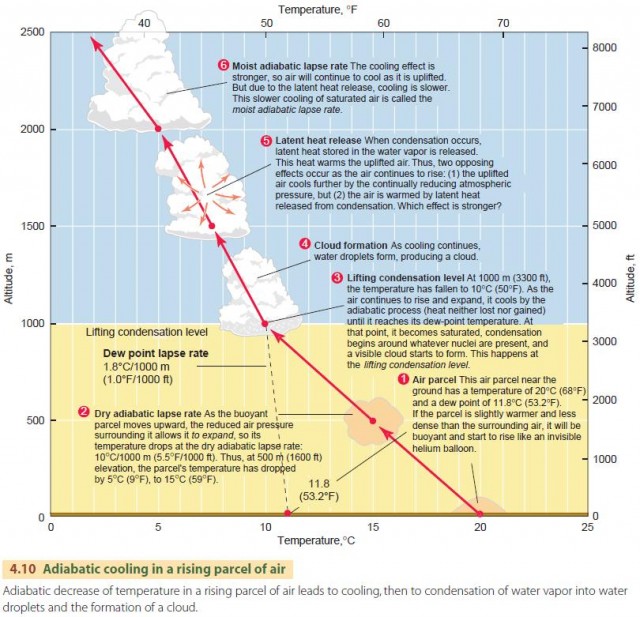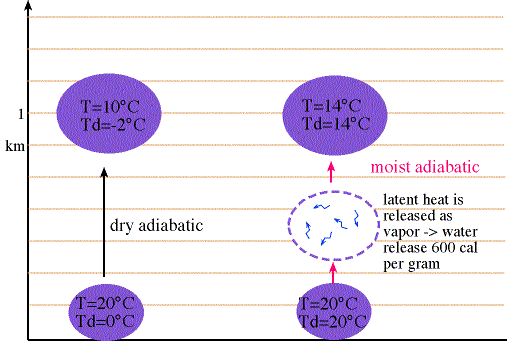Solved] In a stable situation, rank the following cooling rates from least change in C/km to greatest change in C/km. To rank items as equivalent, o... | Course Hero

SOLVED:Adiabatic cooling causes rising air masses to: a. absorb moisture from Earth's surface. b. release precipitation. c. change the direction of the El Niño current. d. flow toward the equator from the



